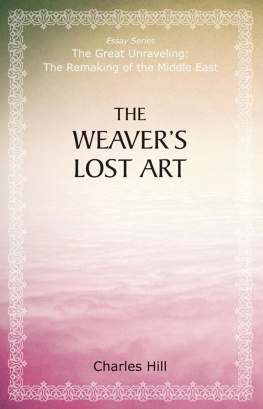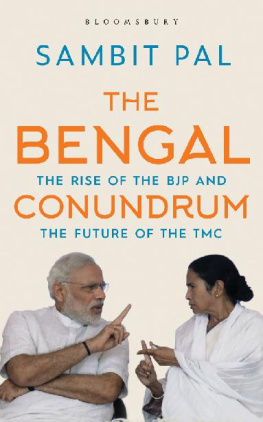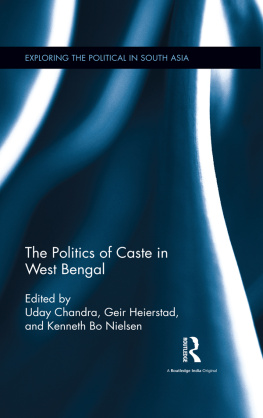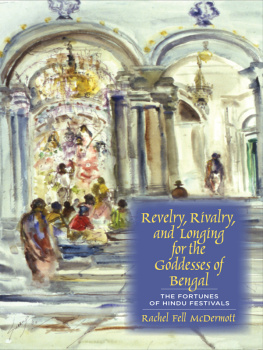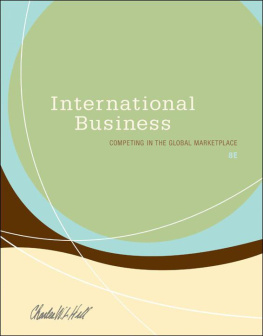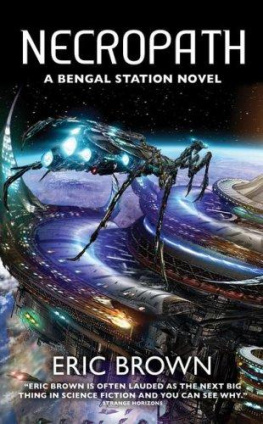THREE FRENCHMEN IN BENGAL
THE GANGES VALLEY AND THE EUROPEAN SETTLEMENTS IN
THREE FRENCHMEN IN BENGAL
OR
THE COMMERCIAL RUIN OF THE FRENCH SETTLEMENTS IN 1757
BY
S.C. HILL, B.A., B.Sc.
OFFICER IN CHARGE OF THE RECORDS OF THE GOVERNMENT OF INDIA AUTHOR OF "MAJOR-GENERAL CLAUD MARTIN"
WITH MAPS AND PLANS
1903
TO
PREFACE
This account of the commercial ruin of the French Settlements, taken almost entirely from hitherto unpublished documents, originated as follows. Whilst engaged in historical research connected with the Government Records in Calcutta, I found many references to the French in Bengal which interested me strongly in the personal side of their quarrel with the English, but the information obtainable from the Indian Records alone was still meagre and incomplete. A few months ago, however, I came across Law's Memoir in the British Museum; and, a little later, when visiting Paris to examine the French Archives, I found not only a copy of Law's Memoir, but also Renault's and Courtin's letters, of which there are, I believe, no copies in England. In these papers I thought that I had sufficient material to give something like an idea of Bengal as it appeared to the French when Clive arrived there. There is much bitterness in these old French accounts, and much misconception of the English, but they were written when misconception of national enemies was the rule and not the exception, and when the rights of non-belligerents were little respected in time of war. Some of the accusations I have checked by giving the English version, but I think that, whilst it is only justice to our Anglo-Indian heroes to let the world know what manner of men their opponents were, it is equally only justice to their opponents to allow them to give their own version of the story. This is my apology, if any one should think I allow them to say too much.
The translations are my own, and were made in a state of some perplexity as to how far I was bound to follow my originalsthe writings of men who, of course, were not literary, and often had not only no pretension to style but also no knowledge of grammar. I have tried, however, to preserve both form and spirit; but if any reader is dissatisfied, and would like to see the original papers for himself, the courtesy of the Record officials in both Paris and London will give him access to an immense quantity of documents as interesting as they are important.
In the various accounts that I have used there are naturally slightly different versions of particular incidents, and often it is not easy to decide which is the correct one. Under the circumstances I may perhaps be excused for not always calling attention to discrepancies which the reader will detect for himself. He will also notice that the ground covered in one narrative is partly traversed in one or both of the others. This has been due to the necessity of treating the story from the point of view of each of the three chief actors.
I may here mention that the correspondence between Clive and the princes of Bengal, from which I have given some illustrative passages, was first seen by me in a collection of papers printed in 1893 in the Government of India Central Printing Office, Calcutta, under the direction of Mr. G.W. Forrest, C.I.E. These papers have not yet been published, but there exists a complete though slightly different copy of this correspondence in the India Office Library (Orme MSS. India XI.), and it is from the latter copy that I have, by permission, made the extracts here given. The remaining English quotations, when not from printed books, have been taken chiefly from other volumes of the Orme MSS., a smaller number from the Bengal and Madras Records in the India Office, and a few from MSS. in the British Museum or among the Clive papers at Walcot, to which last I was allowed access by the kindness of the Earl of Powis.
Finally, I wish to express my thanks to M. Omont of the Bibliothque Nationale, Paris, to Mr. W. Foster of the Record Department of the India Office, and to Mr. J.A. Herbert of the British Museum, for their kind and valuable assistance.
S.C. HILL.
September 6, 1903.
CONTENTS
CHAPTER
THE QUARREL WITH THE ENGLISH
M. RENAULT, CHIEF OF CHANDERNAGORE
M. LAW, CHIEF OF COSSIMBAZAR
M. COURTIN, CHIEF OF DACCA
MAPS AND PLANS
THE GANGES VALLEY AND THE EUROPEAN SETTLEMENTS IN BENGAL, 1756. (After Rennell) Frontispiece
MAP OF THE RIVER HUGLI FROM BANDEL TO FULTA. (After Rennell) To face page
FORT D'ORLANS, CHANDERNAGORE, 1749. (Mouchet)
. (After Rennell)
(After Rennell)
MAP OF THE RIVER HUGLI FROM BANDEL TO FULTA. (After
THREE FRENCHMEN IN BENGAL
CHAPTER I
THE QUARREL WITH THE ENGLISH
Writing in 1725, the French naval commander, the Chevalier d'Albert, tells us that the three most handsome towns on the Ganges were Calcutta, Chandernagore, and Chinsurah, the chief Factories of the English, French, and Dutch. These towns were all situated within thirty miles of each other. Calcutta, the latest founded, was the greatest and the richest, owing partly to its situation, which permitted the largest ships of the time to anchor at its quays, and partly to the privilege enjoyed by the English merchants of trading freely as individuals through the length and breadth of the land. Native merchants and native artisans crowded to Calcutta, and the French and Dutch, less advantageously situated and hampered by restrictions of trade, had no chance of competing with the English on equal terms. The same was of course true of their minor establishments in the interior. All three nations had important Factories at Cossimbazar (in the neighbourhood of Murshidabad, the Capital of Bengal) and at Dacca, and minor Factories at Jugdea or Luckipore, and at Balasore. The French and Dutch had also Factories at Patna. Besides Calcutta, Chandernagore, and Chinsurah, the only Factory which was fortified was the English Factory at Cossimbazar.
During the long reign of the usurper, Aliverdi Khan, intended for military offenders, from which, the next morning, only twenty-three came out alive. The English took refuge at Fulta, thirty miles down the river, where the Nawab, in his pride and ignorance, left them unmolested. There they were gradually reinforced from Madras, first by Major Kilpatrick, and later on by Colonel Clive and Admiral Watson. About the same time both French and English learned that war had been declared in Europe between England and France in the previous May, but, for different reasons, neither nation thought the time suitable for making the fact formally known.
Towards the end of December the English, animated by the desire of revenge and of repairing their ruined fortunes, advanced on Calcutta, and on the 2nd of January, 1757, the British flag again floated over Fort William. The Governor, Manik Chand, was, like many of the Nawab's servants, a Hindu. Some say he was scared away by a bullet through his turban; others, that he was roused from the enjoyment of a nautcha native danceby the news of the arrival of the English. Hastening to Murshidabad, he reported his defeat, and asserted that the British they had now to deal with were very different from those they had driven from or captured in Calcutta.





